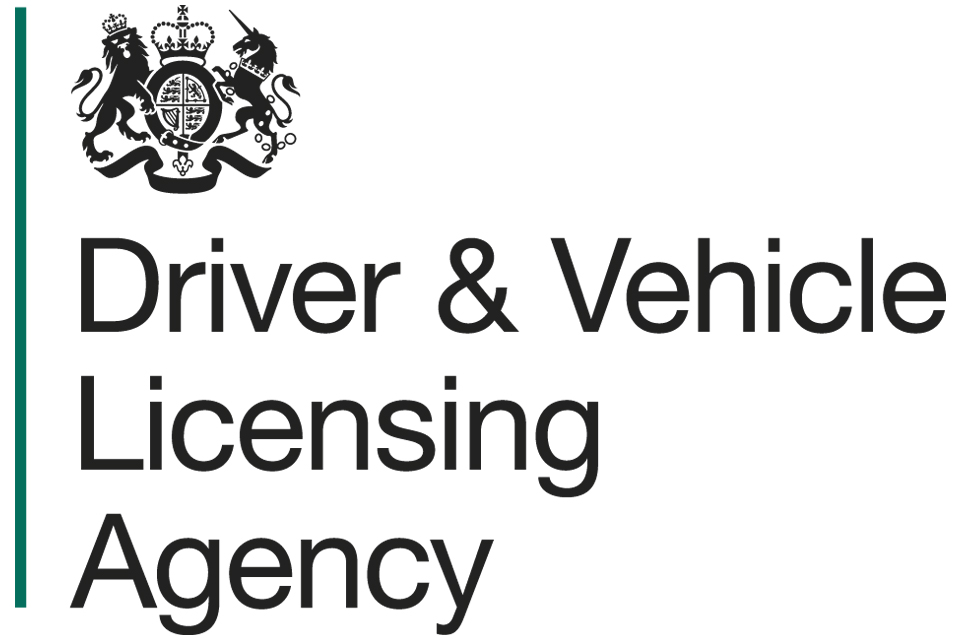Fleets will be able to access more Driver and Vehicle Licensing Agency (DVLA) services online as a result of changes announced by roads minister Stephen Hammond.
The changes, set to be implemented following a wide-ranging review, will also mean services are tailored more towards individual needs, including business users.
Hammond said: “The review found that not every customer has the same needs and the changes will reflect this – for example, by providing simpler bulk transactions for key customers such as the motor trade, fleet operators and hire companies.”
The Department for Transport (DfT) announced a review of the DVLA in October last year. It was led by Mary Reilly, a non-executive director at the department and a former partner at accountancy firm Deloitte.
In the resulting report, which was published last week, she raised concerns over the organisation’s ability to digitally transform its services and deliver such significant change.
She said: “The DVLA must innovate to deliver new and improved services while also delivering greater efficiencies, reducing transaction timescales and, ultimately, lower fees.
“This transformation is underway and is showing signs of success.
“But progress is hampered by the lack of a clear strategy, the absence of a detailed business plan and a real grasp of the impact of change on all parts of the business.
“There has been a leadership vacuum that urgently needs to be filled.”
A new chief executive was appointed midway through the review and the board was restructured. Reilly recognises they must be now given the time and support to take the organisation forward.
However, she says in her report that the DVLA’s record on digital transformation is “patchy” and it “lacks skills and experience” in key areas.
“A significant number of DVLA services and transactions are still predominantly paper-based,” she said.
“Customers want modern processes which allow increased flexibility in the way in which services are delivered.”
However, if the DVLA is to succeed, she said digital transformation is key. Reilly added: “A modern IT platform and new approaches to application development and implementation are an urgent pre-requisite to this change.”
The DVLA is in the process of changing suppliers for its IT systems, but changing the IT infrastructure while maintaining critical Government services and developing new ones will be challenging.
Fleets have already raised concerns over the development of the new Integrated Enquiries Platform (IEP), which will allow them to check drivers’ details after the withdrawal of the paper counterpart of the driving licence in 2015 (fleetnews.co.uk: August 14, 2013).
They include the go-live date, testing of the database with potential users, database security amid concerns that accessibility must be for legitimate business reasons only, the employee information required to access the system and whether access will be free or if charges will apply.
Reilly’s review recommends that the DVLA needs to develop a greater focus on improved services. She said: “Ensuring that customer needs are properly understood is key and the DVLA should consider whether non-core activities could be delivered better by or through others.”
The FTA believes that integration of all vehicle data to a single point is essential as it will allow for the design of systems which will ultimately provide a single web portal for the end-user.
Ian Gallagher, head of policy at the FTA, said: “It is imperative that the DVLA develops systems which cater for its entire customer base, from the single motorist to the fleet operator who administers thousands of vehicles.”
The DfT has accepted all of the key recommendations outlined in the report and the DVLA will now prepare a strategic plan to take them forward.
The move has been welcomed by the BVRLA, which believes it will deliver major cost and efficiency savings to its members.
Gerry Keaney, BVRLA chief executive, said: “This review outlines some ambitious goals for the DVLA and highlights just what an important year it is going to be for the Agency.”






















Login to comment
Comments
No comments have been made yet.